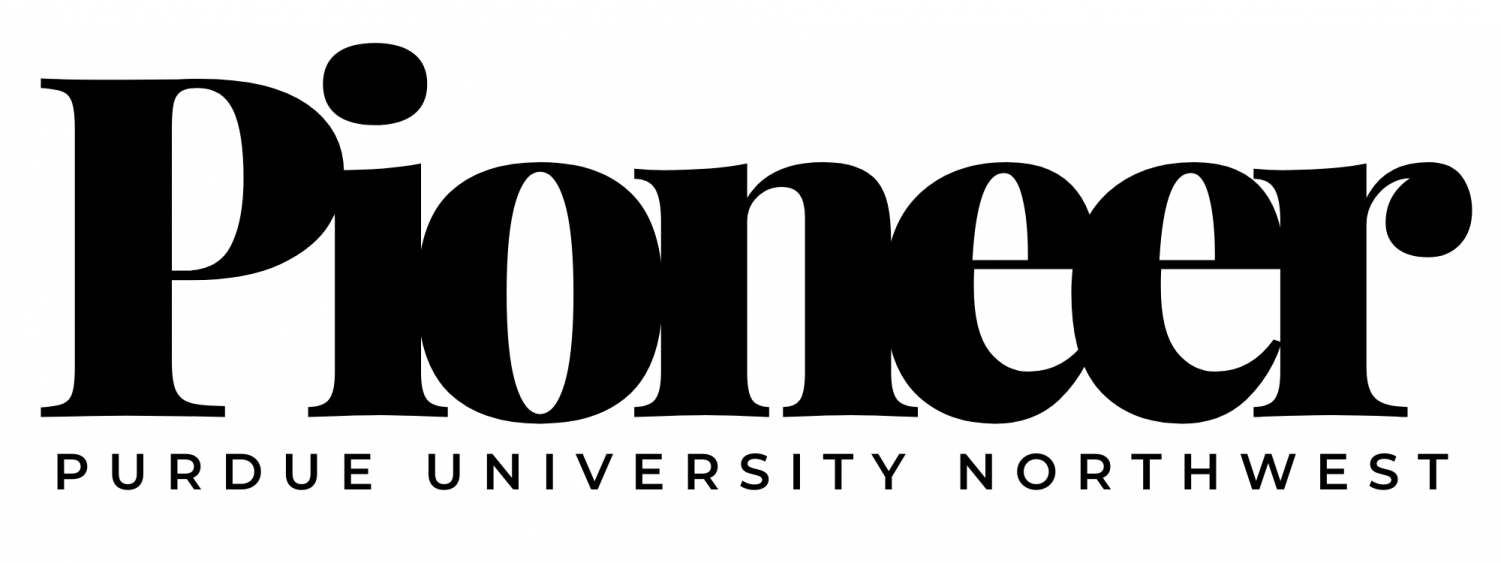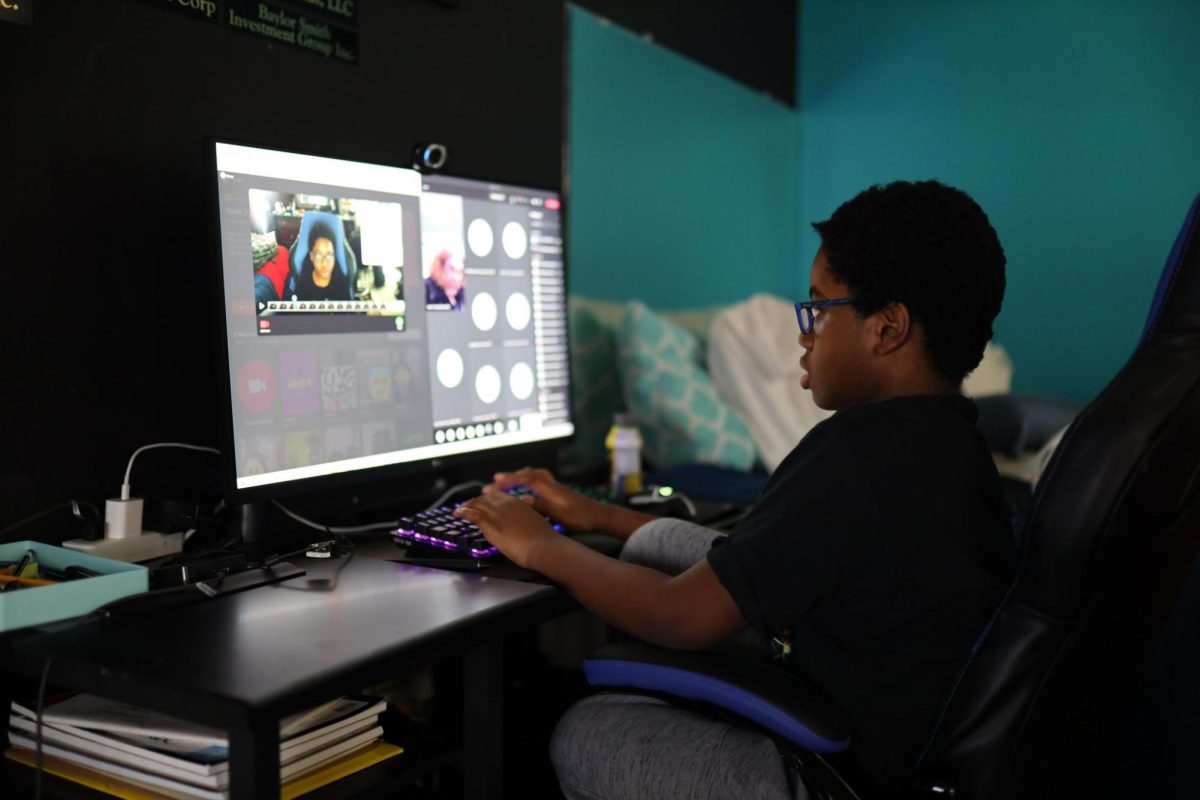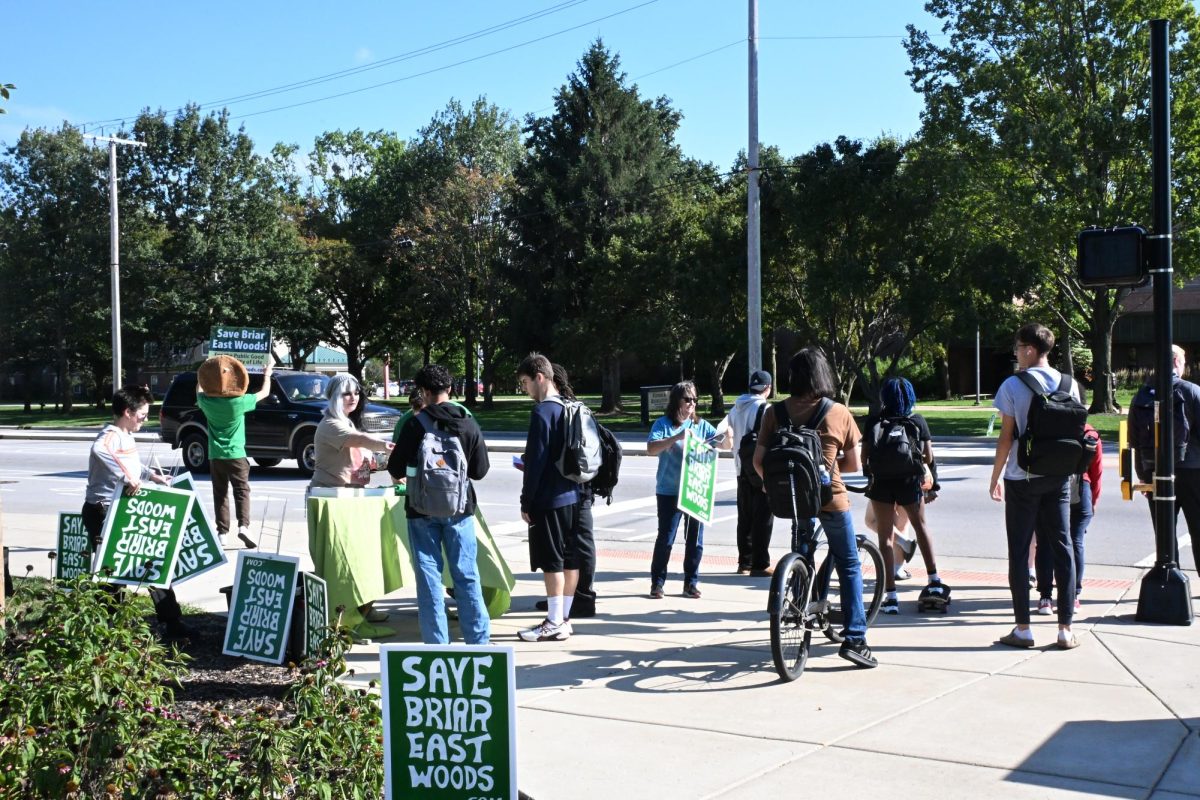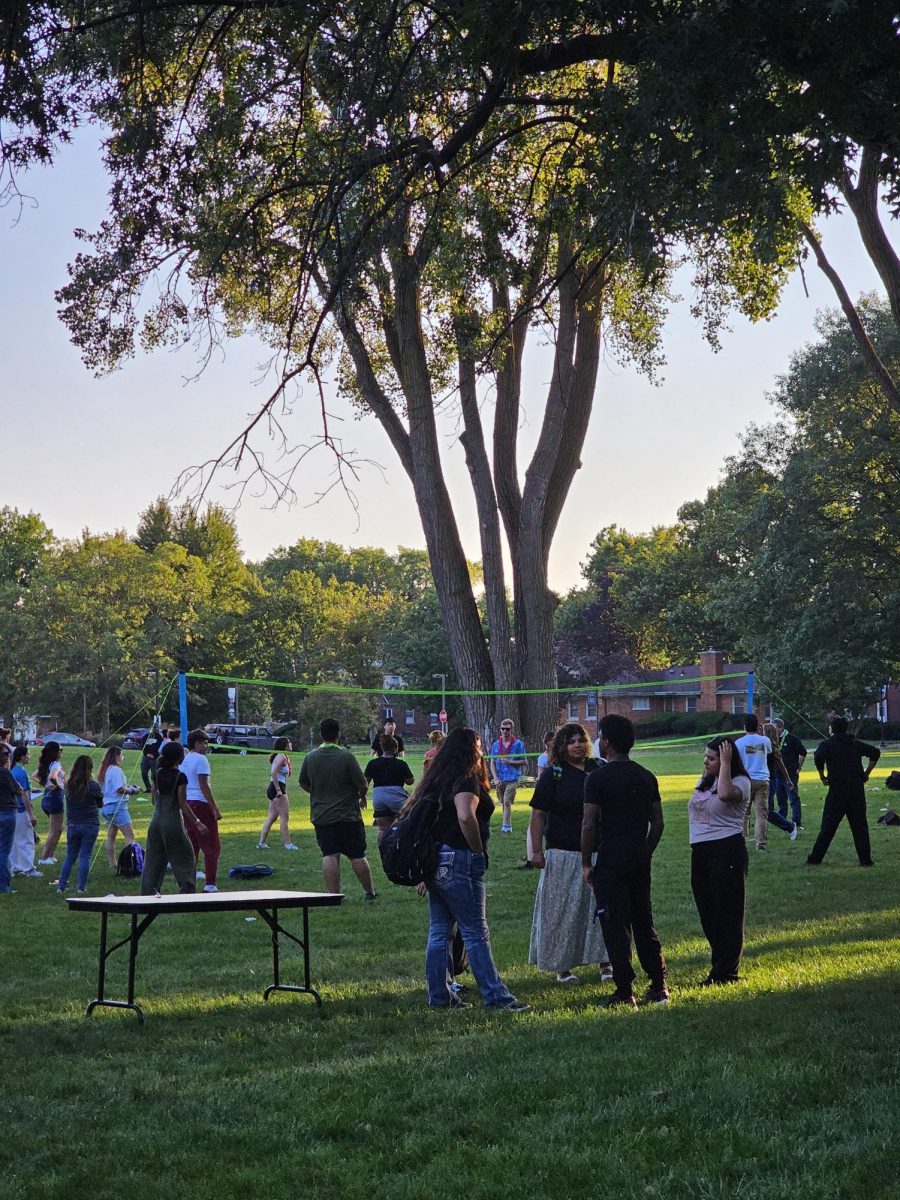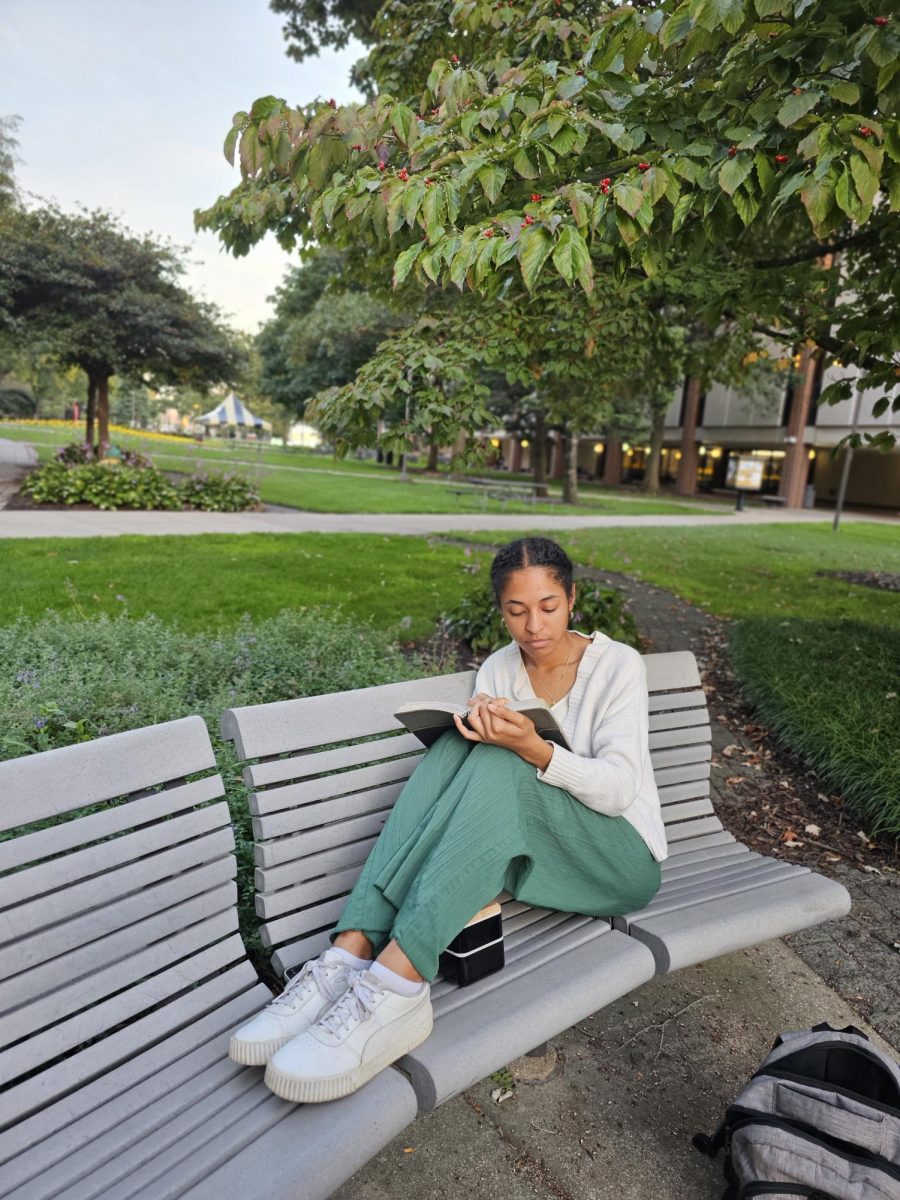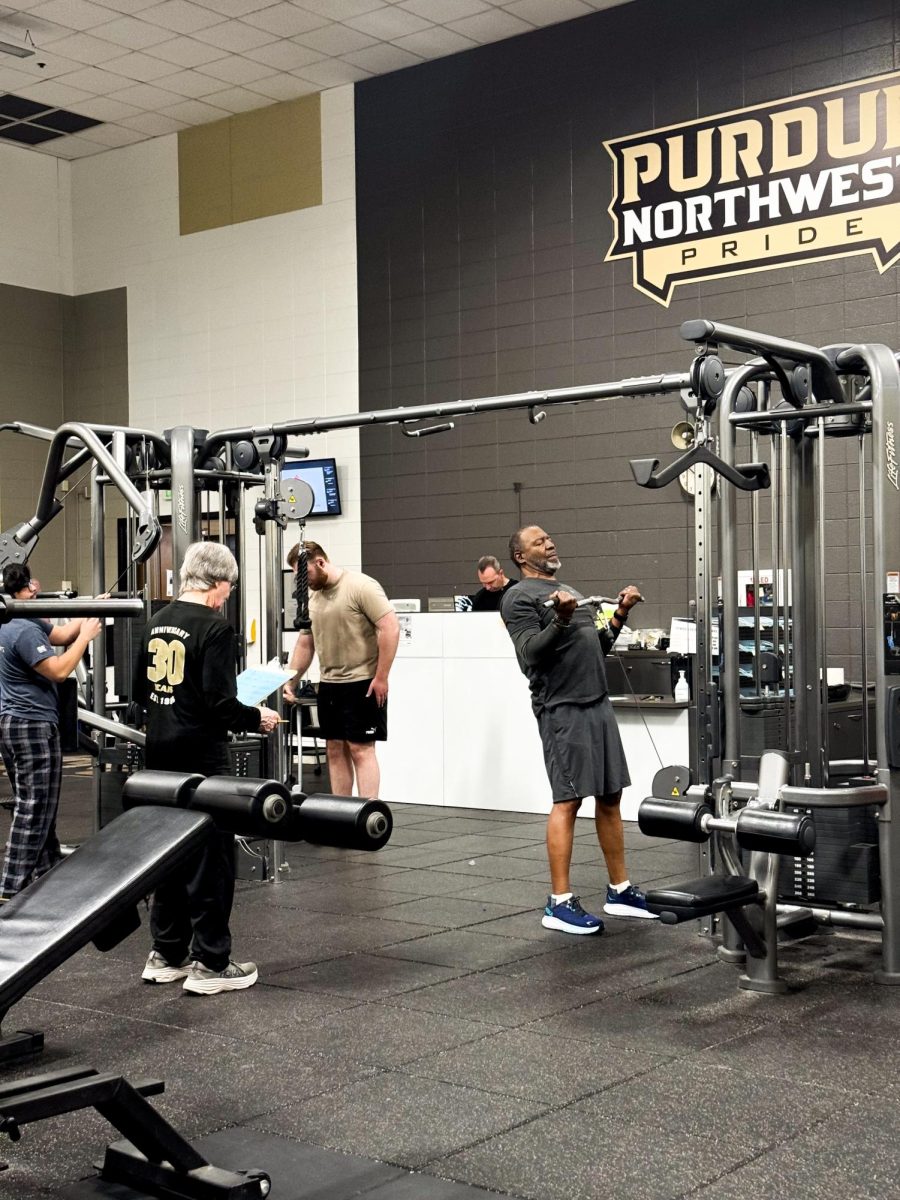PNW’s fascination with online classes may be waning.
After being forced into online classes during the COVID-19 pandemic and then experimenting with their, the appeal is gone for many students and faculty.
“I prefer in-person [classes] because I pay attention more and I can ask questions and interact with other students in the class,” said Grace Goodlander, a senior Marketing student. “I don’t mind online, but I only take if it’s the only option for a required class.”
English professor Mark Mabrito agrees that in-person is better for social interaction and participation, but he also feels that technology with online classes can be helpful with effective interaction.
“Student engagement is typically more effective in person because it is easier to read body language, gauge interest and adapt teaching methods in real-time,” he said. “Physical presence often creates a stronger sense of accountability and community.
“That said, online engagement can also be robust when technology is used effectively—such as through interactive tools and multimedia resources,” Mabrito said.
The professor teaches classes online and in person.
Mabrito said online and in-person classes offer different benefits for different types of classes.
“Online courses are generally easier to manage logistically because everything is centralized—and can be handled through learning management systems,” he said. “However, designing effective asynchronous or synchronous learning experiences requires significant preparation.
“In-person classes, however, allow for more spontaneous interaction and immediate feedback,” said Mabrito. “Still, they demand physical presence and coordination of schedules, which can be more complex to manage.”
Goodlander prefers in-person classes due to easy communication with both her professors and classmates.
“In-person class is better because you can go to a professor before and after class to help with clarification of things,” she said. “I also like to talk to other students in my class as I make friends in classes.”
The senior also sees more negatives in online classes than positives and feels that, despite the flexibility of online classes, in-person classes are a lot easier to manage.
“The benefits of online classes are being able to work ahead and due dates usually don’t change much. The downsides are that I rather ask my professors for help in person rather than sending an email and I’m a listening-learner, not really a reader,” Goodlander said.
“I don’t really like online classes. It’s for some people but just not for me,” she said. “I need to actually go to a class to feel like I’m learning something and in-person classes are just easier to manage because professors usually remind us out loud of due dates as well as post on Brightspace.”
Mark Mabrito, however, sees both the positives and negatives of online classes and says that his preference for teaching online or in-person depends on the course itself.
“Online classes reduce personal interaction, which can impact the sense of community. There’s a greater potential for distractions during class and difficulty gauging student understanding in real-time. Technology issues, such as connectivity problems, can disrupt learning,” he said. “However, online classes allow flexibility for both students and instructors. There’s also accessibility for students with varying schedules or geographic locations and access to a wide range of multimedia tools and resources. Video recordings allow students to revisit content. Ultimately, my preference comes down to what will best support the students’ learning.
An employee from PNW’s provost office unfortunately never reached back out about the university’s plans for online classes. Since Mark Mahbrito teaches online classes, however, he is well aware of the direction PNW is going to take.
“The current trend at PNW is to offer more in-person classes,” the professor said. “Given the nature of the courses I teach, I will continue to teach more online.”

